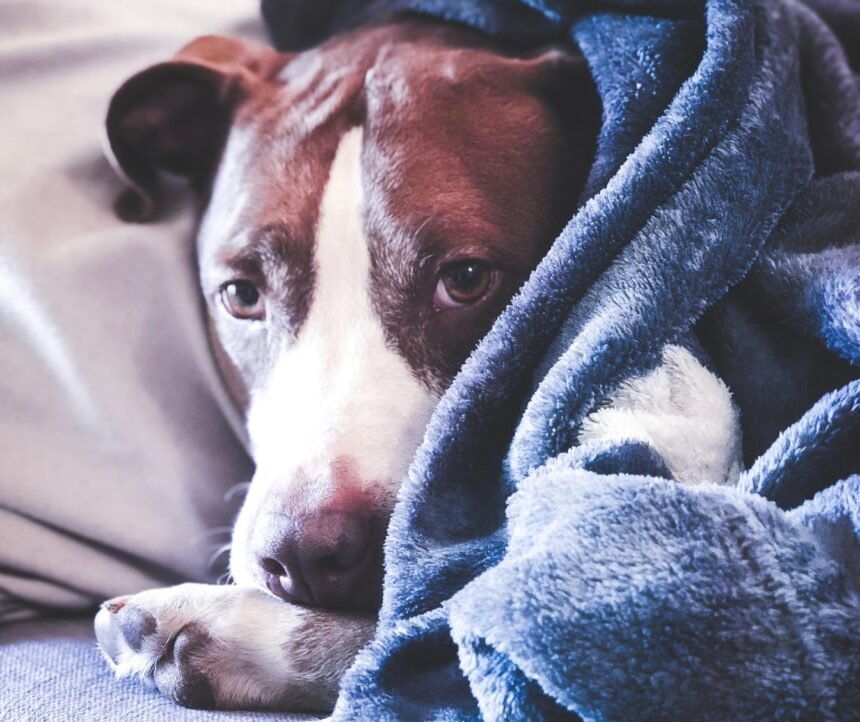Some dogs develop fears and phobias that can significantly impact their quality of life. Fear and phobias in dogs can be caused by various factors, such as genetics, past experiences, or lack of socialization. Fortunately, there are practical strategies that pet owners can use to help their dogs overcome fears and phobias. In this article, we will discuss some of the most effective strategies for helping your dog overcome fear and phobias.
Expert Tips for Helping Your Dog Overcome Fear and Phobias
Identify the Triggers
The first step in helping your dog overcome their fears and phobias is to identify the triggers that cause their anxiety. Common triggers include loud noises, unfamiliar people or animals, and certain objects or situations. Once you have identified the triggers, you can begin to desensitize your dog to them gradually.
Gradual Exposure
Gradual exposure is a technique that involves exposing your dog to their triggers in a controlled and safe environment. Start by exposing your dog to the trigger at a distance where they feel comfortable and gradually move closer over time. For example, if your dog is afraid of loud noises, start by playing a recording of the noise at a low volume and gradually increase the volume over time. Always monitor your dog’s behavior and adjust the exposure level accordingly.
Positive Reinforcement
Positive reinforcement is a powerful tool for helping your dog overcome their fears and phobias. Reward your dog with treats, praise, and affection when they exhibit calm and relaxed behavior in the presence of their triggers. This will help your dog associate positive feelings with the trigger and reduce their anxiety over time.
Counter-Conditioning
Counter-conditioning is a technique that involves pairing the trigger with a positive experience to change your dog’s emotional response. For example, if your dog is afraid of strangers, you can pair the presence of strangers with treats or playtime to create a positive association. Over time, your dog will begin to associate strangers with positive experiences and reduce their fear.
Medication
In some cases, medication may be necessary to help your dog overcome their fears and phobias. Consult with your veterinarian to determine if medication is appropriate for your dog’s specific situation. Medication can help reduce anxiety and make it easier for your dog to learn new behaviors and coping mechanisms.
Professional Training
Professional training can be an effective way to help your dog overcome their fears and phobias. A professional trainer can work with you and your dog to develop a personalized training plan that addresses your dog’s specific needs. They can also provide guidance and support throughout the training process.
Provide a Safe Space
Providing a safe space for your dog can help reduce their anxiety and provide a sense of security. Create a designated area in your home where your dog can retreat when they feel overwhelmed or anxious. This can be a crate, a bed, or a quiet room where your dog can relax and feel safe.
Socialization
Socialization is an essential aspect of helping your dog overcome their fears and phobias. Exposing your dog to new people, animals, and environments can help them develop confidence and reduce their anxiety. Start by introducing your dog to new experiences gradually and always monitor their behavior.
Conclusion
Helping your dog overcome fear and phobias can be a challenging process, but with patience and persistence, it is possible. By identifying the triggers, using gradual exposure, positive reinforcement, counter-conditioning, medication, professional training, providing a safe space, and socialization, you can help your dog feel safe and comfortable in their environment. Remember, every dog is unique, and what works for one dog may not work for another. Consult with your veterinarian or a professional trainer for guidance and support throughout the process. With the right strategies and support, you can help your dog overcome their fears and phobias and enjoy a happy and fulfilling life.







